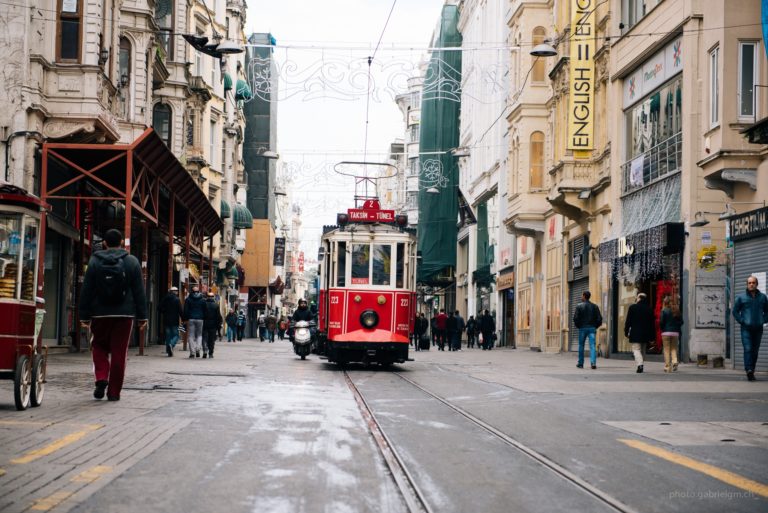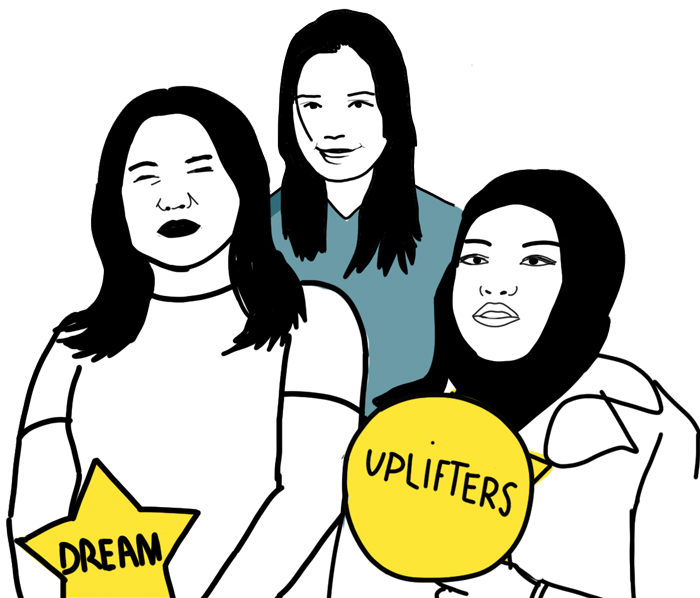Situation 1: There is a trolley coming down the tracks and ahead, there are five people tied to the tracks and are unable to move. The trolley will continue coming and will kill the five people. There is nothing you can do to rescue the five people EXCEPT that there is a lever. If you pull the lever, the train will be directed to another track, which has ONE person tied to it. You have two choices:
- (a) Do nothing and the five people will die
- (b) Or pull the lever and save the five people, but that one person will die.
Did you make your choice? Well then consider this similar situation:
Situation 2: There is a trolley coming down the tracks and ahead, there are five people tied to the tracks and are unable to move. The trolley will continue coming and will kill the five people. However, in this situation, you are standing on a bridge above the train tracks and you can see the train coming. There is a man standing next to you, who is so enormous and heavy that if he places himself in front of the oncoming train, it will hit and kill him but the train will stop. So you have two choices:
- (a) Do nothing and the five people will die.
- (b) Push the big guy down the bridge. He will be killed but will stop the trolley and save the five people.
The ironic part about this problem is that while most people would choose to sacrifice one man to save the lives of five people (option b) for the first situation, they will choose to let these five persons die (option a) for the second situation. Certainly, we don’t feel the same about pulling a lever and pushing a man to death. Yet, we act upon our emotions. That’s why critical thinking is not easy!


